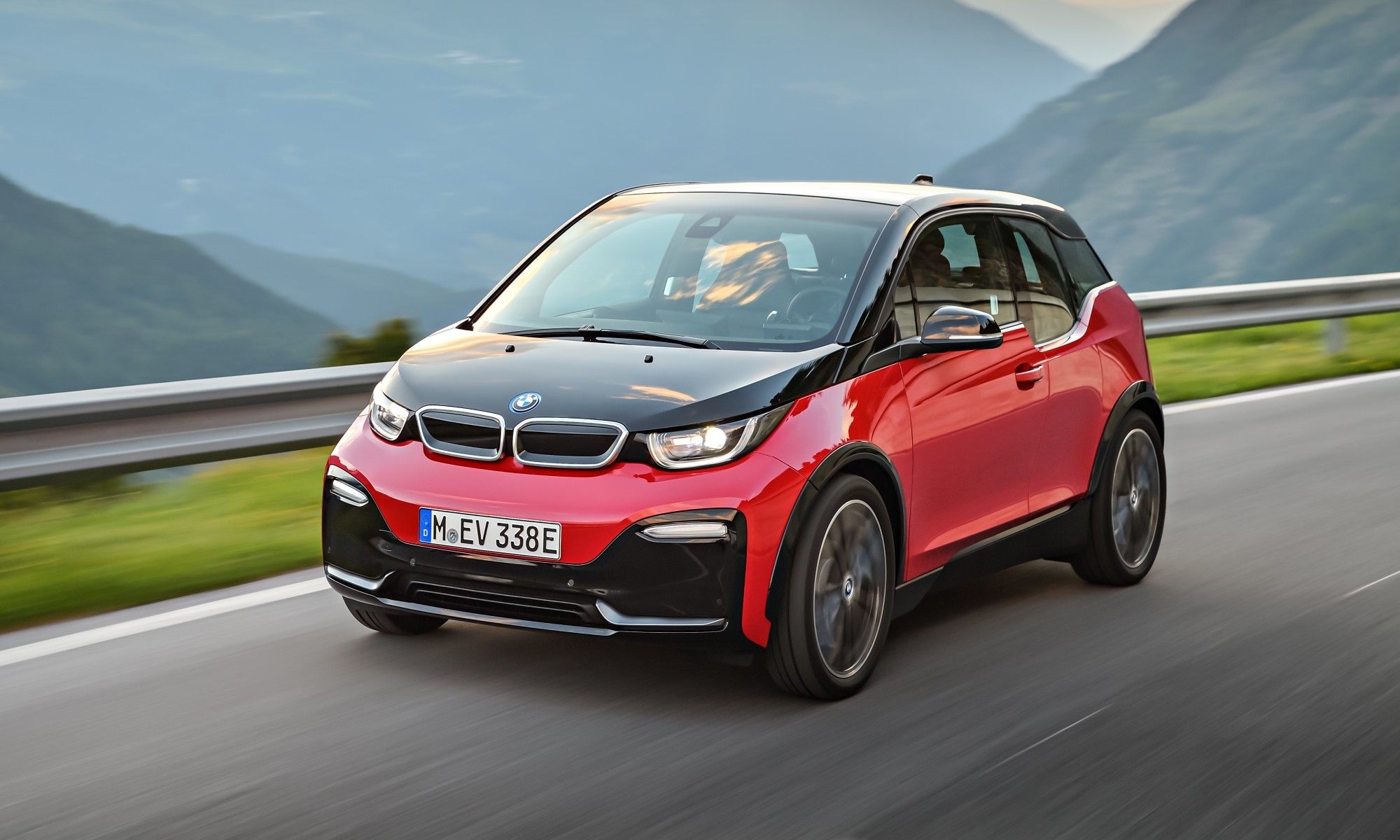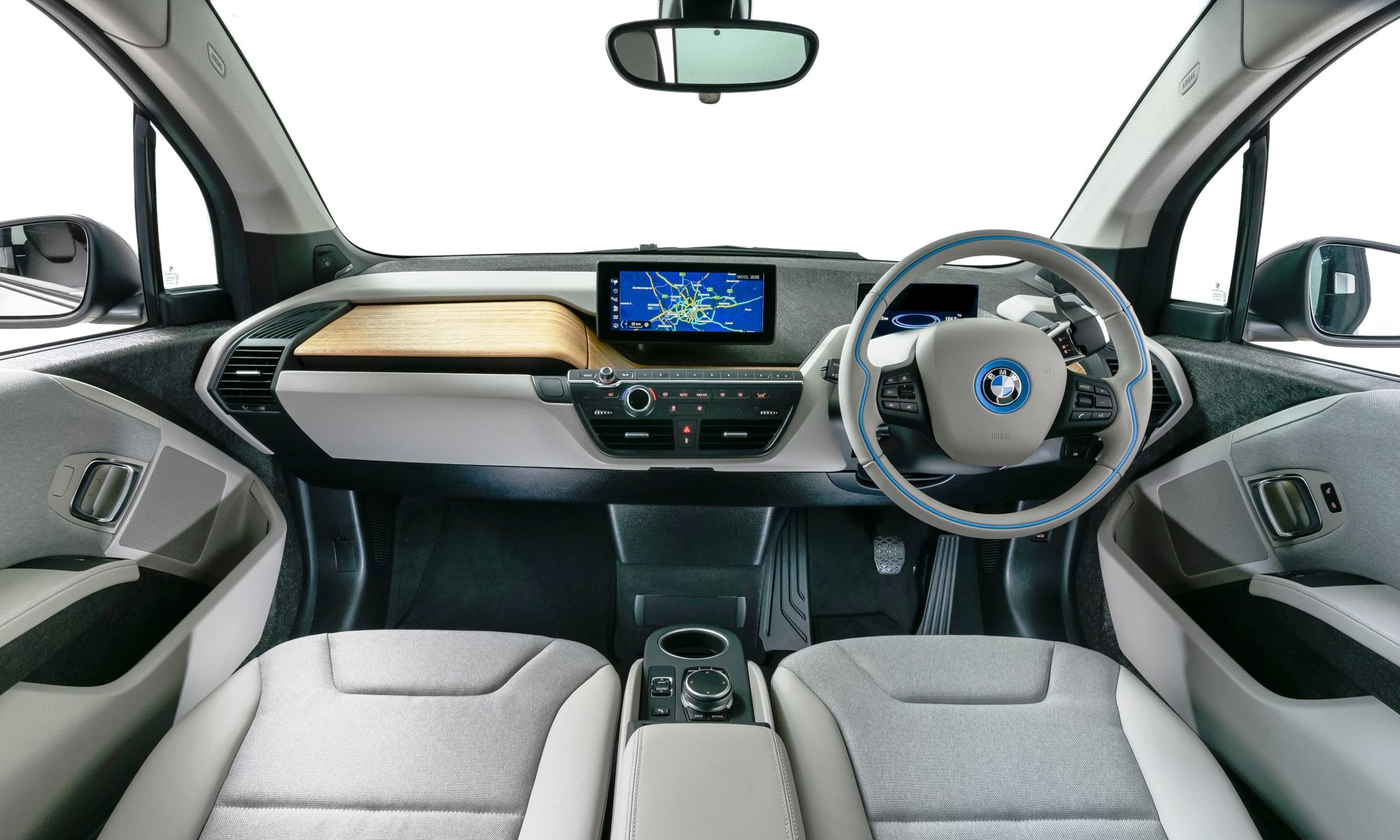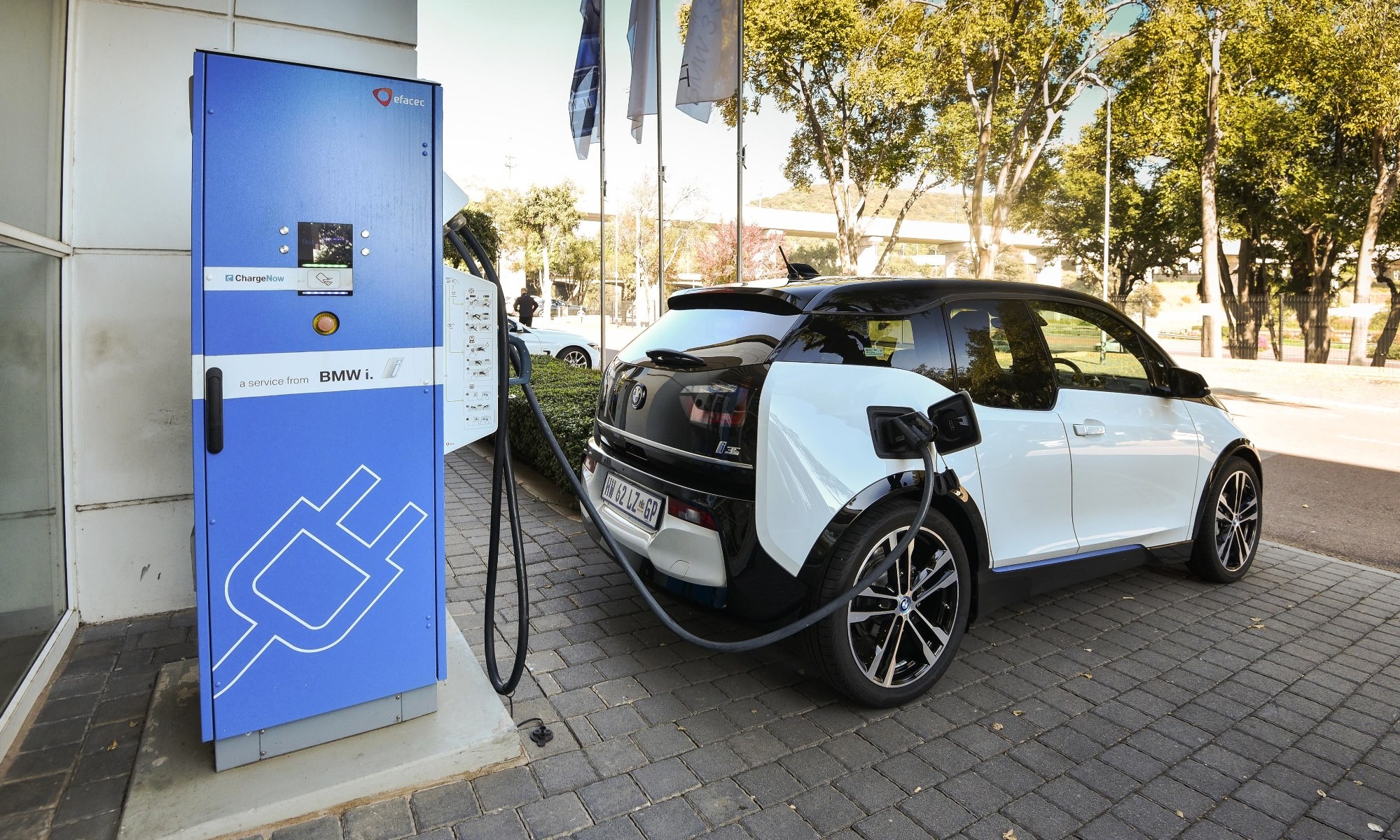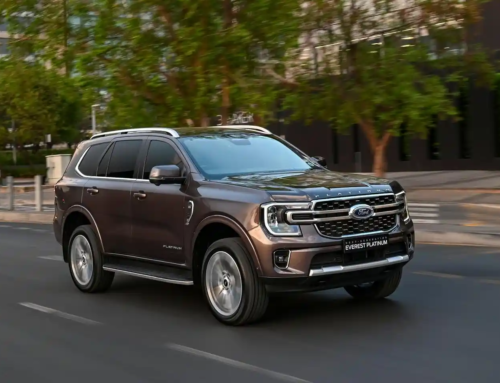Our managing editor has a long think about the art of noise in the future of motoring after stepping out of an electric car.
Even before we learn to drive or really know much about cars, our first impressions are formed around the noises they make. Think about it, every little kid knows that cars go vroom vroom or brrrmmm brrrmmm long before they know anything else about them.
Later on, we learn to differentiate the sporty from the utilitarian, the slow from the speedy, long before they enter our field of vision. And if you are a petrolhead (which we suspect you are if you are reading this site) then you probably have countless memories of cars or racecars based on the distinct noises they made. These thoughts recently crossed my mind as I piloted the revised BMW i3 a few days ago.
Silent sailing
The BMW i3 has been placed in the local test-car fleet as the model was recently revised. At its core it has not changed. It still features peak outputs of 125 kW and 250 N.m of torque. Except now it boasts a 120 Ah battery which means the BMW i3 can travel up to a handy 260 km on a fully charged battery. This makes the BMW city car far more user-friendly. Incidentally, i3 is still one of the very few electric vehicles available in the local market. That’s quite a surprise when we consider the number of battery powered vehicles that are available in other countries.
As it is powered by an electric motor, the BMW i3 travels in virtual silence. There is just a very low-volume zweeeeeee that emanates from the motor spinning, regardless of the speed one is travelling. A handy side-effect of electric power is that one does not have to wait for power to build. The result, however, is that you can end up at higher-than-intended speeds without realising it. There is no discernible rise in engine note to indicate that you’re speeding up, or any gear-shifting as the i3 has no gears. It’s a driving experience that one spends a few days acclimatising to.
Sci-fi sensations
It all feels a little bit ‘sci-fi’. You can be speeding along at a rapid pace, without any of the usual cues that usually indicate one’s speed. It reminds me of scenes from sci-fi movies where space ships whiz by entire galaxies without so much as a whisper of exterior noise. This sensation was highlighted when I went out quite late one evening when the roads happened to be quiet. I planted my foot and whooshed forward silently. Orange street lamps blurred in my peripheral vision and I was zooming along before I realised how fast I was travelling.
How odd does this electric bike race seem without noise?
I had to reel in my pace pretty quickly. Besides the differences in making progress, the sudden braking effect of stepping off the accelerator (not the loud pedal or throttle) takes getting used to. When you get off the accelerator the car slows suddenly as forward motion is used to recharge the battery by a regenerative braking system.
Is Formula E a precursor to what all motorsport will sound like in the future?
The art of noise
The things that make driving such a pleasurable, sensory experience for so many are fast disappearing. Manual transmissions are being replaced by automated alternatives, particularly in high-performance machinery. Soon we will be robbed of another sensory input in the form of sound.
So much of a car’s character is defined by the sounds it makes. Think of the vloob vloob vloob of an American V8, the brrpp brrpp brrpp of a rotary or the metallic yowl of a flat-six Porsche. In the future the distinctive sounds produced by engines of different configurations will be gone. Sure, cars will be fast and improvement in tech will eventually extend battery range far beyond that which we are used to now, but if you plan to listen to an internal combustion engine roar, you may have to head to your local track or don your headphones to watch a web video. The art of automotive noise, it seems, has an expiry date… and it may be sooner than we’d like.
BMW i3 eDrive REX R740 700









Leave A Comment